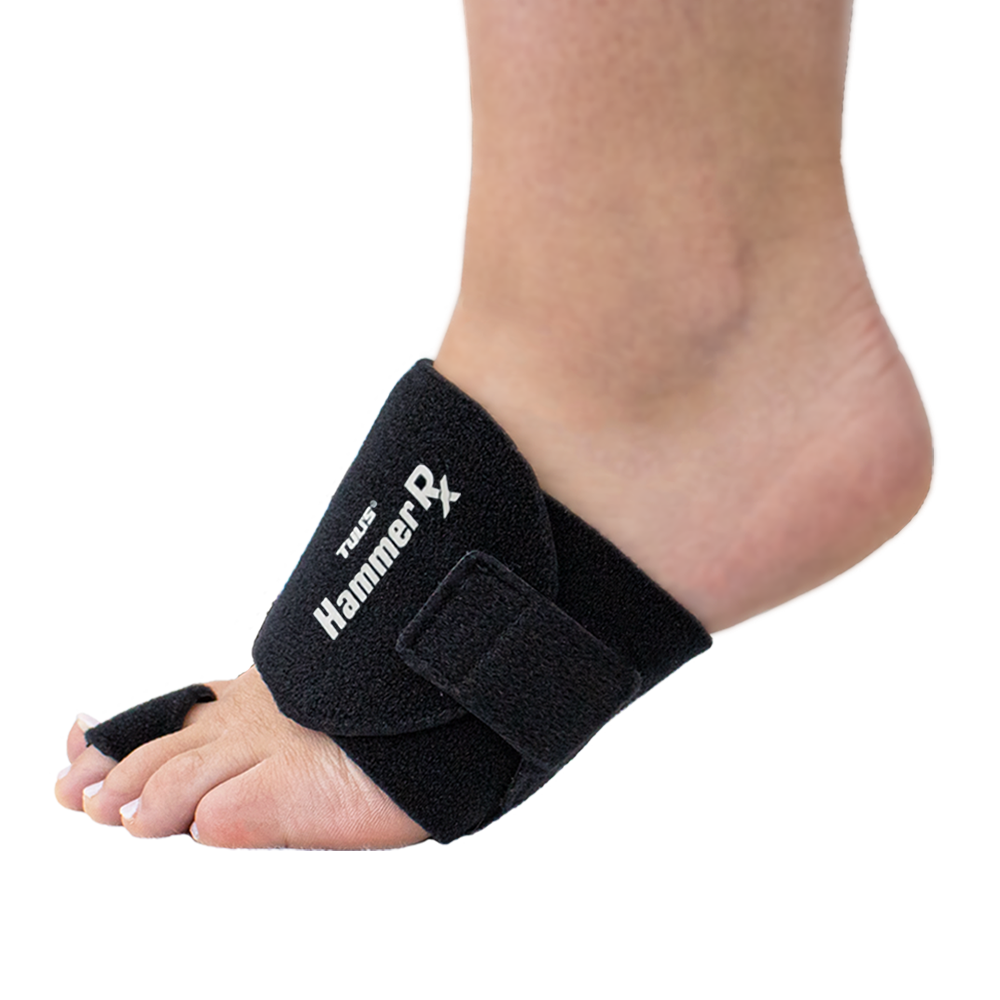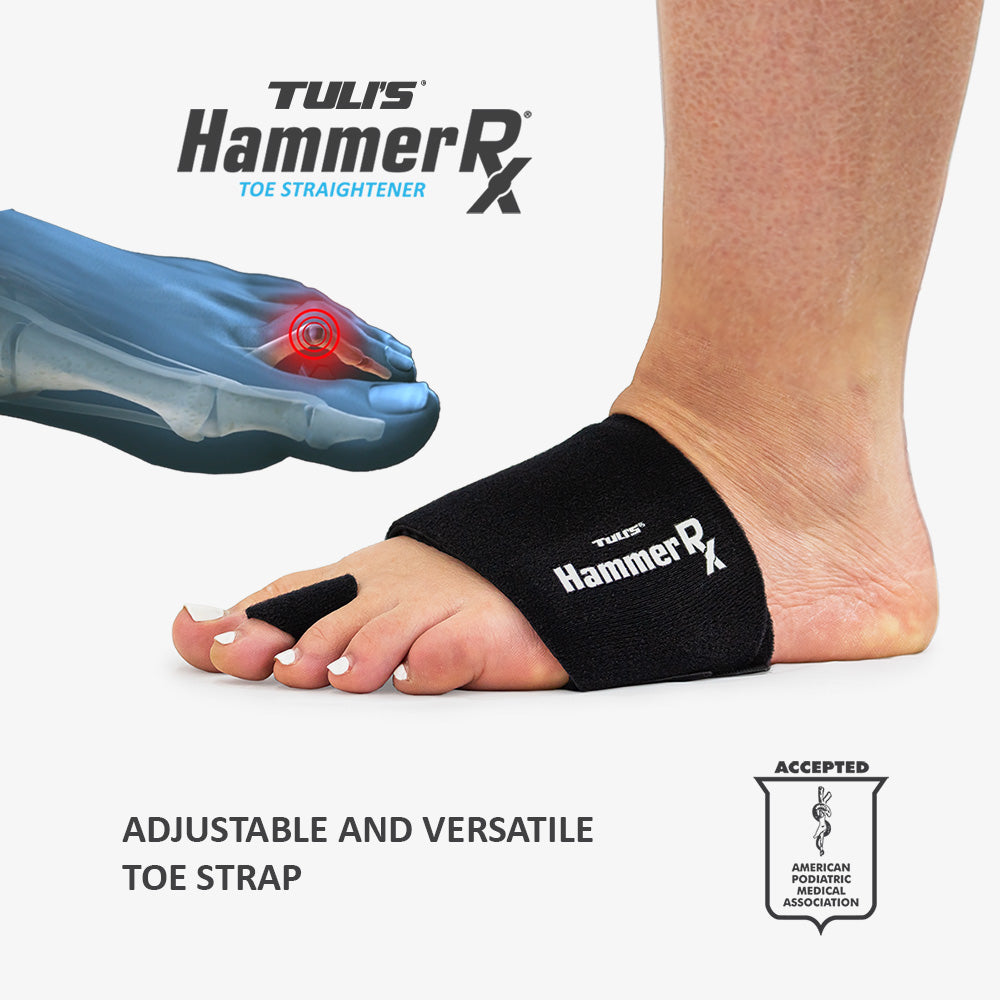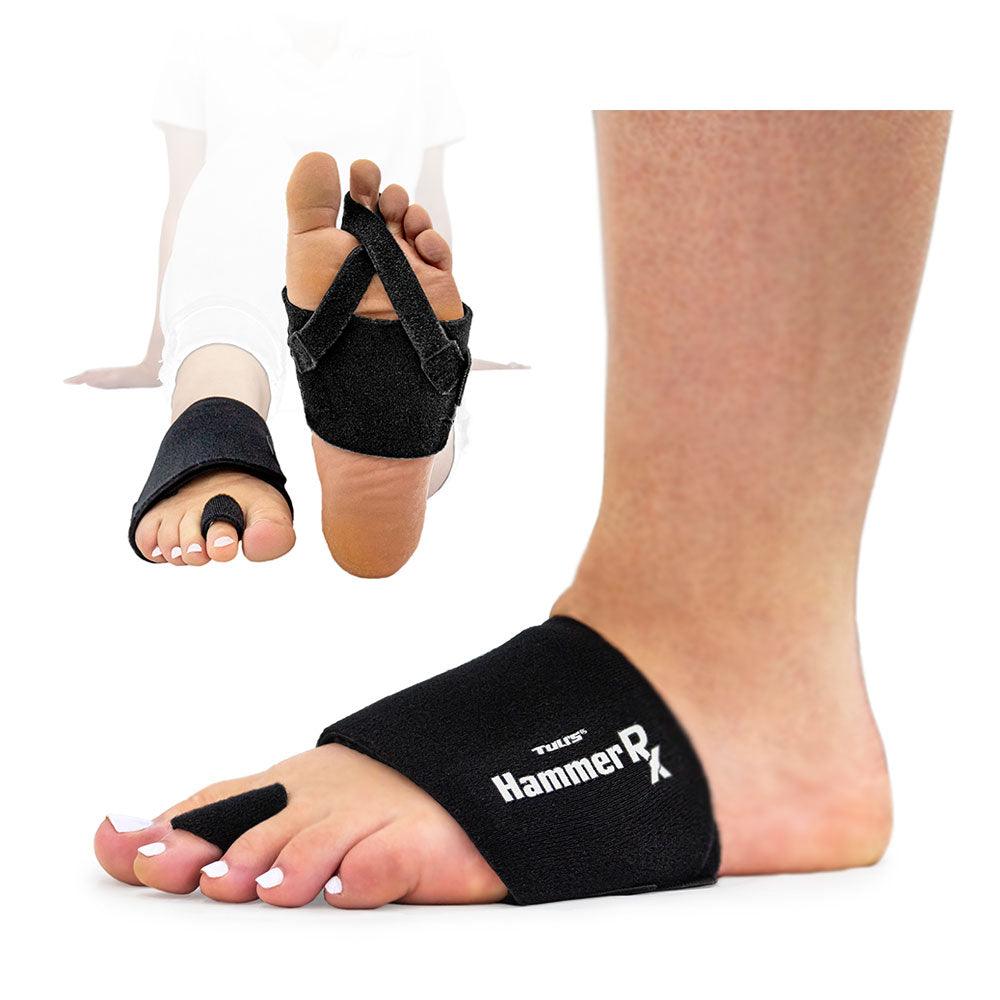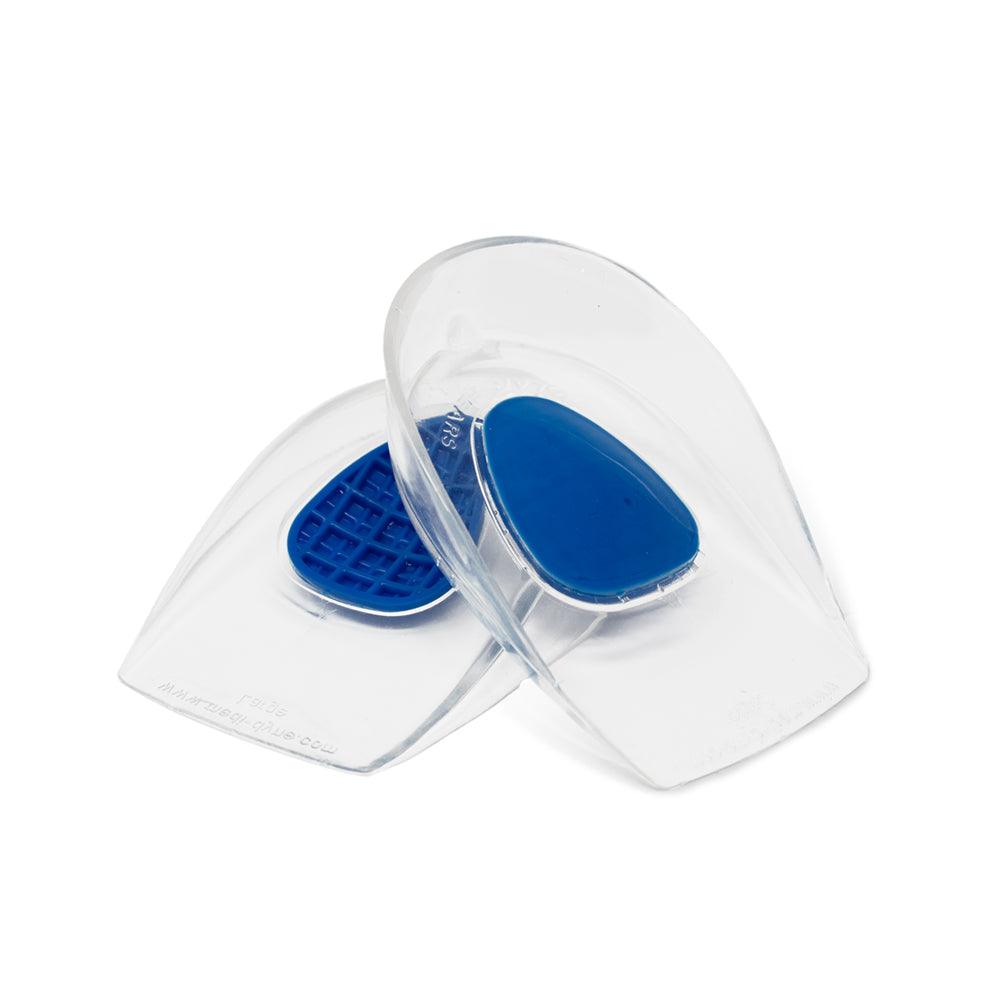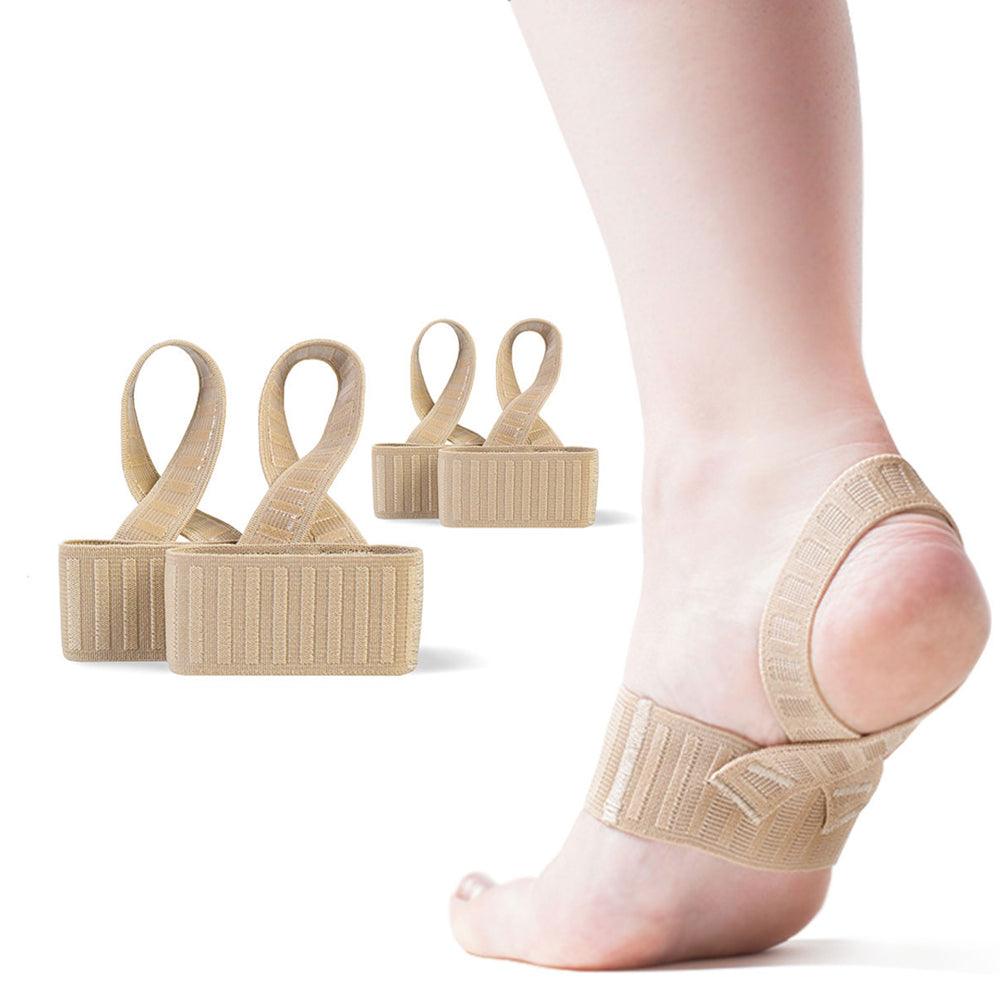Hammertoe is one of the most common deformities of the toes. It typically affects the second, third, or fourth toe and is most frequently seen in people who wear narrower shoes, such as athletes or those who wear high heels. It can also be caused by wearing shoes that are too tight, or a host of other reasons. When it comes time to treat the condition, many ask the question: "Is hammertoe surgery worth it?"
Before jumping into hammertoe surgery, it's crucial that you speak with your primary care provider or your podiatrist. If the case is mild enough, then hammertoe can be corrected without having to undergo surgery.
When is Hammertoe Surgery Necessary?
Hammertoe surgery is typically necessary when the condition is so severe that the toes can no longer function properly. Common symptoms include pain, difficulty walking, and even a loss of feeling in the toe. If you have a hammertoe, a podiatrist can help you determine the best course of action, including whether you need surgery or not.
There are three classifications of hammertoe:
- Flexible Hammertoe: Characterized by a toe that can move forward and backward, but not bend sideways.
- Semi-Rigid Hammertoes: In these cases, the affected toe begins to stiffen further, though there is some minimal movement.
- Rigid Hammertoes: The affected toe is completely unable to move in any direction.
Usually, hammertoe surgery isn't necessary unless you're dealing with a rigid hammertoe.
The Ideal Candidate for Hammertoe Surgery
While hammertoe surgery is a common procedure, it's considered a last result and deemed necessary for only the most serious cases, such as those causing pain and discomfort that affect your everyday quality of life.
What is Hammertoe Surgery?
Hammertoe surgery is a surgical procedure performed to correct the alignment of the affected toe. It is typically performed with the patient under anesthesia and can be done in a hospital setting or an outpatient surgical center. During the procedure, the surgeon will realign the affected toe to the proper position using either sutures or a pin.
There are several different options for hammertoe surgery, including:
- Tendon Transfer: This is the most common procedure for treating hammertoe. The surgeon will cut a tendon and move it to the affected toe to realign it.
- Joint Resection: This procedure requires cutting into the top of the toe, and possibly cutting the tendons/ligaments, to help straighten the toe. It also involves taking off the end of one bone in the toe, allowing it to extend fully.
- Fusion: Like joint restriction, fusion requires cutting into the ligaments and tendons of the toe – though instead of removing the end of one bone, the ends of two bones are fused to allow the toe to extend fully.
What to Expect After Hammertoe Surgery
After surgery, it's essential to follow all directions given by your doctor. You'll likely be in a splint for 3-4 weeks, depending on the procedure used, and there may be some swelling, pain, and discomfort during this time. You should be able to start moving the toe as soon as any bandages or splints are removed. After this time, you'll start physical therapy to help regain motion and strength in your toe.
Alternative Hammertoe Treatment Options from Medi-Dyne
While most insurance plans or Medicare will cover hammertoe surgery, if you're insisting on surgery for purely cosmetic reasons, you're likely going to have to pay out of pocket – which can cost well over $4,000.
Instead, if your health care provider suggests alternative treatments for hammertoe, then give them a fair shot. Many options can help alleviate pressure and start gently straightening your toe – no surgery required.
If you're in the market for a gentle toe straightener, then make sure you check out Tuli's® HammerRx™ Toe Support Strap.
OTHER RELATED TOPICS:
HOW ARE PLANTAR FASCIITIS INSOLES DIFFERENT FROM REGULAR INSOLES?
5 THINGS A PLANTAR FASCIITIS INSOLE MUST HAVE TO BE EFFECTIVE
5 BEST HEEL CUPS FOR PLANTAR FASCIITIS
PLANTAR FASCIITIS, A REASON TO WORRY?
5 REASONS WHY YOU SHOULD STRETCH IN THE MORNING
PLEASE NOTE: The information on this website and article is for information only and should not be used as a substitute for consulting your doctor. Consult your doctor for proper diagnosis and rehabilitation.





